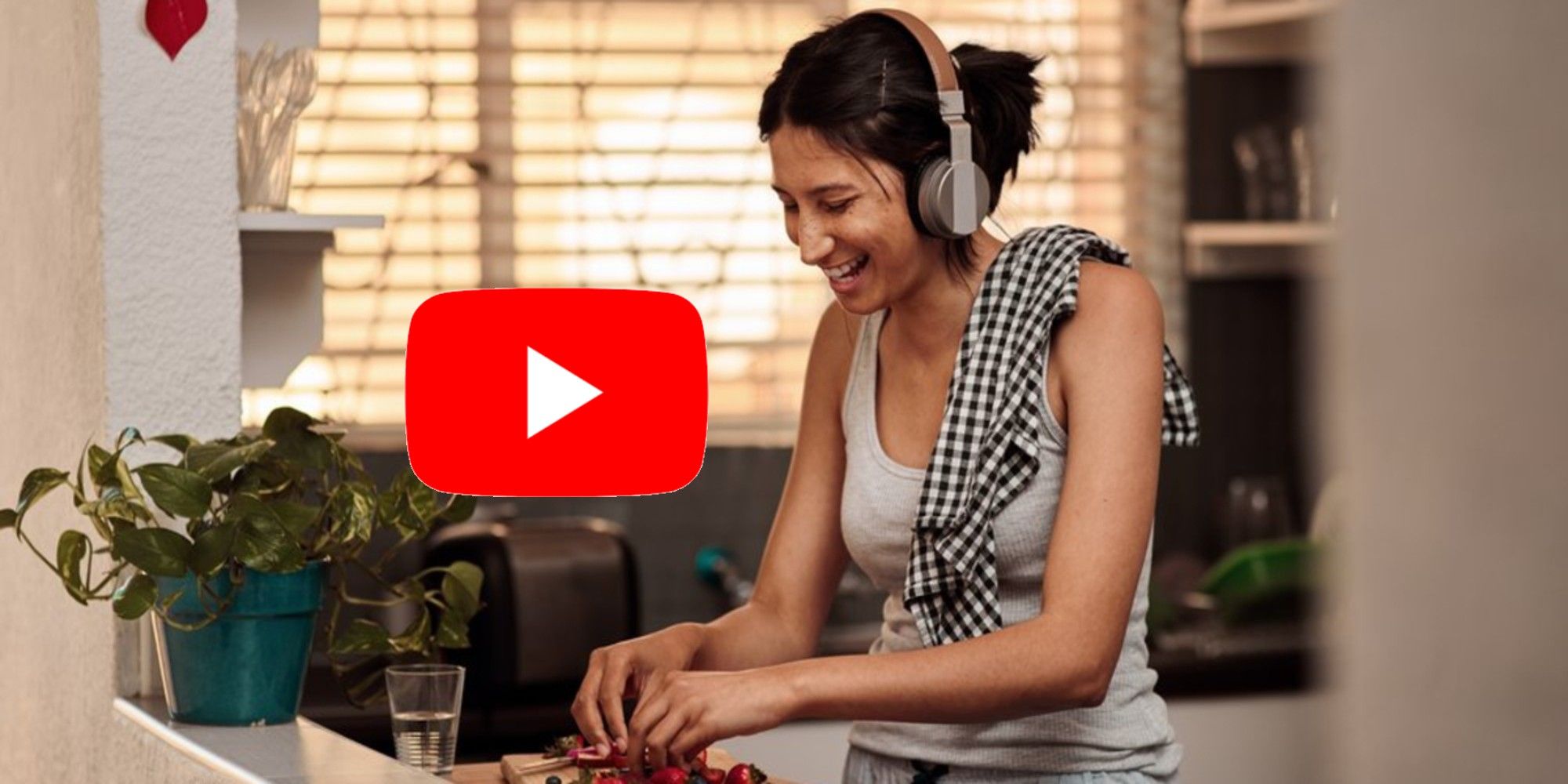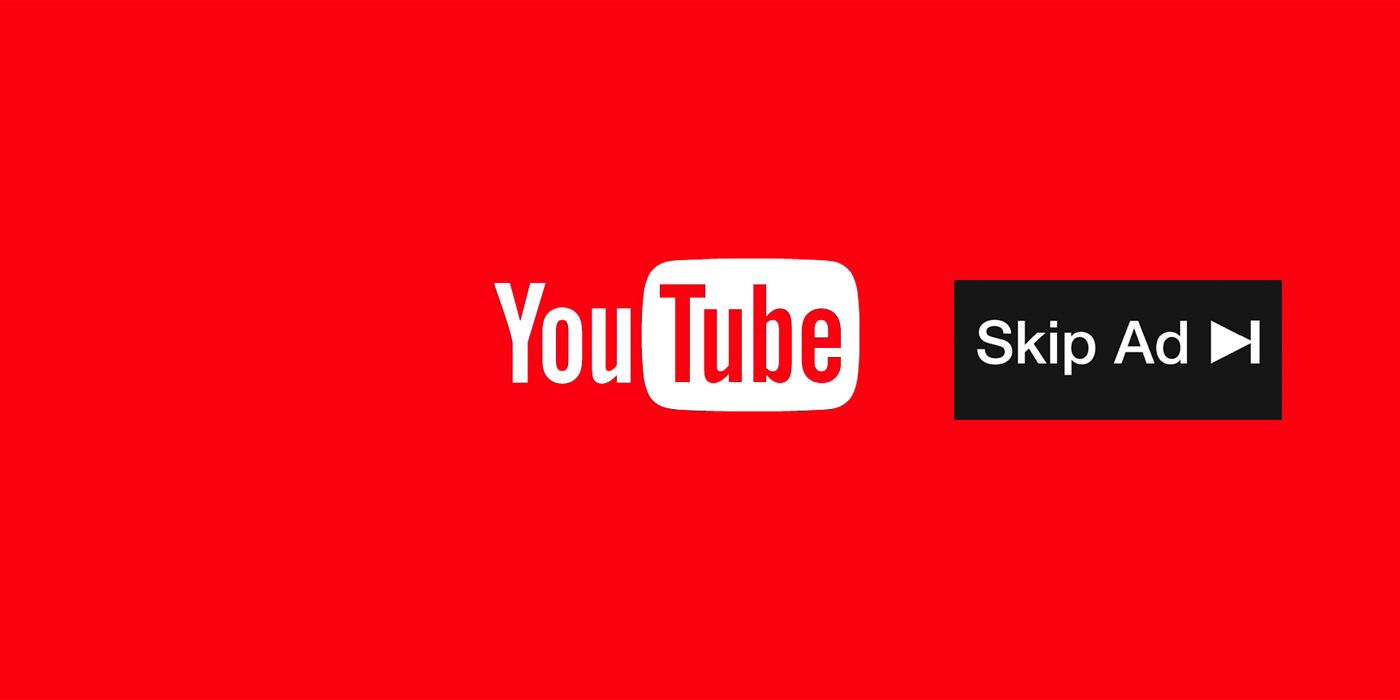Google is working on bringing audio ads to YouTube in an attempt to connect brands with "audiences in engaged and ambient listening" on the platform. YouTube as a service has been wildly popular in allowing users to stream and listen to their favorite kinds of music. The difference now is, YouTube is hoping to further monetize that listening experience in a very audio-first way.
Founded in 2005 and purchased by Google just over a year later in 2006, YouTube has thrived as one of the top video-sharing platforms for more than a decade. With people across the globe spending more time than ever at home during the coronavirus pandemic, that has translated to even more audio-based content being streamed on the platform. In fact, more than 50-percent of those logged-in and listening to music on YouTube, consume at least 10 minutes of music content per day, according to Google.
In response, Google is implementing audio ads into the YouTube experience, at least when users are listening to music in the background. In a blog post, Google Product Manager Melissa Hsieh Nikolic explained how this is a move to help advertisers "efficiently expand reach and grow brand awareness." The ads are currently available in beta and feature the same tools that advertisers are able to use in YouTube video campaigns. Alongside the introduction of audio ads, Google also announced dynamic music lineups which, are music-focused channels that correlate to popular genres.
What YouTube Audio Ads Mean For Users
In the announcement, YouTube spent a significant amount of time discussing the benefits that audio ads would offer potential advertisers. The company went as far as to tout the success of one of its early testers, Shutterfly, which reported a 14-percent lift in ad recall after incorporating audio ads. While that is likely to be an encouraging statistic for prospective advertisers, it doesn't shed much light on what this means for the general YouTube user experience. However, YouTube does briefly acknowledge how this change might impact on users, thanks to a Shutterfly audio ad that was used to test the feature.
Based on the announcement and the sample, narration of audio ads will be delivered a little slower than in video-based ads to ensure ad message clarity. They might also rely on a still image promoting the advertised product, instead of the highly visual-based ads typically encountered on YouTube. In terms of frequency, that's a little less clear at the moment. However, it probably won't be a surprise if users are subjected to audio ads at a similar rate to video ads, and while they might be able to skip a few here and there, some will likely have to be countered while podcasts and other audio-based YouTube videos are playing in the background.
Source: Google


